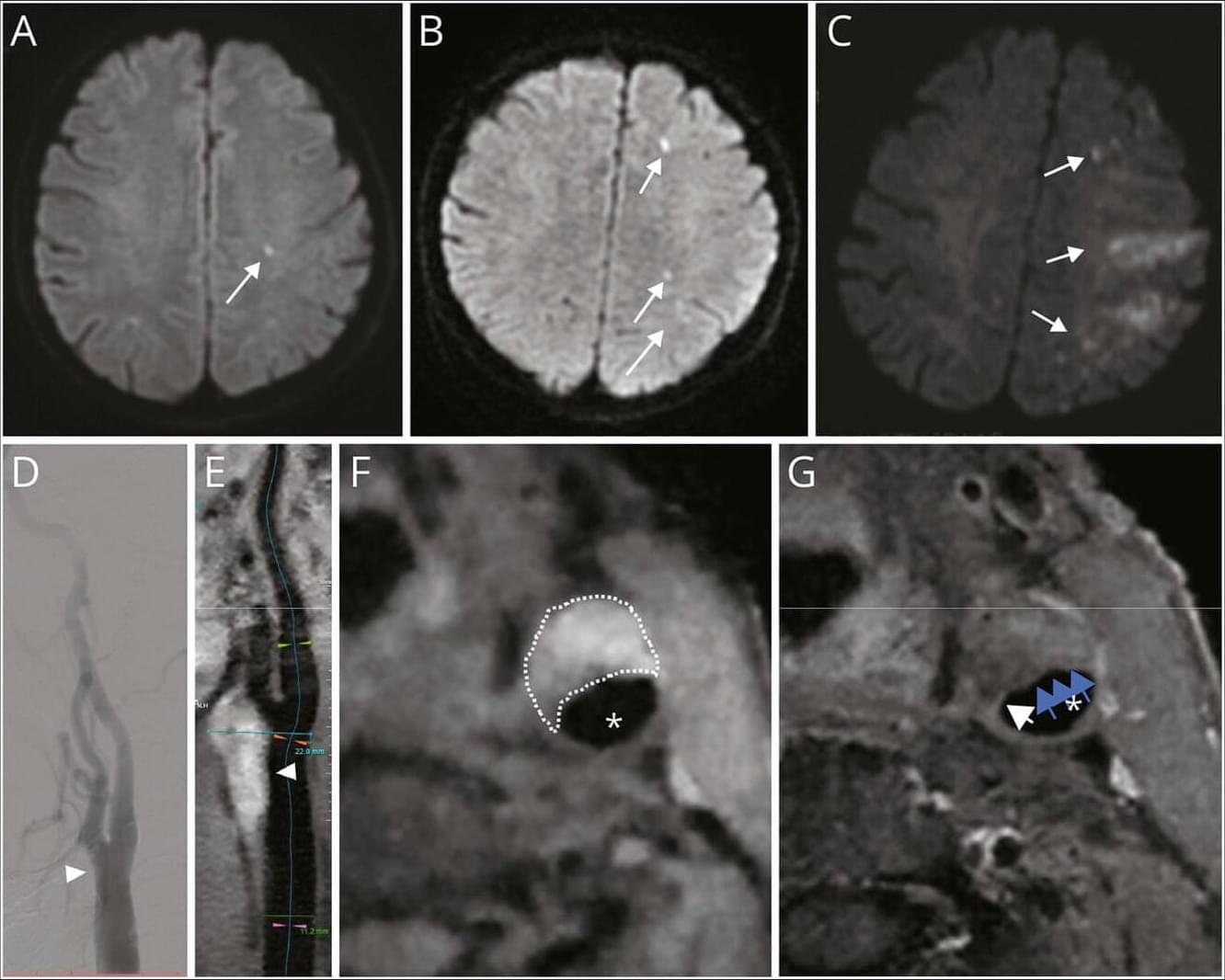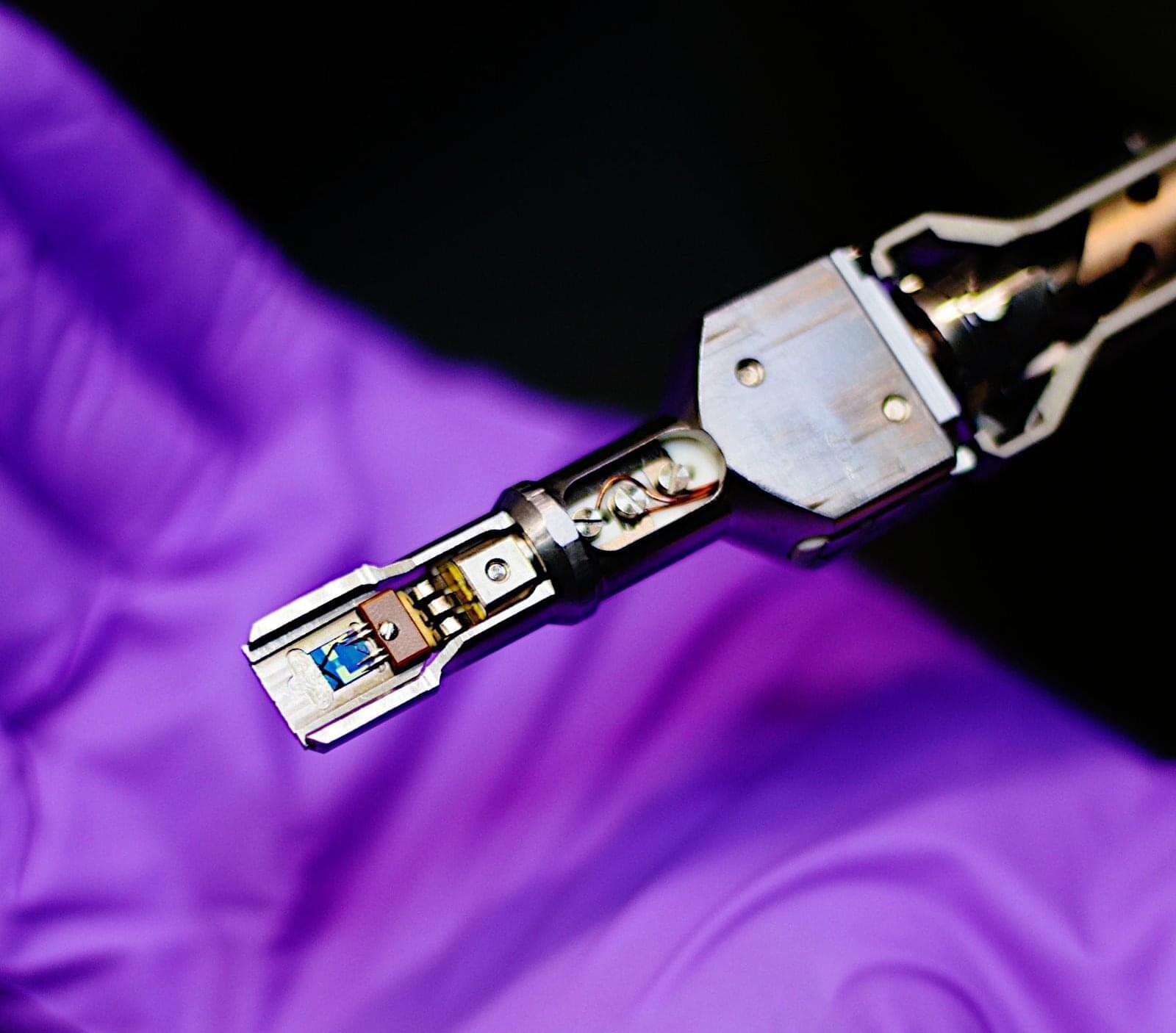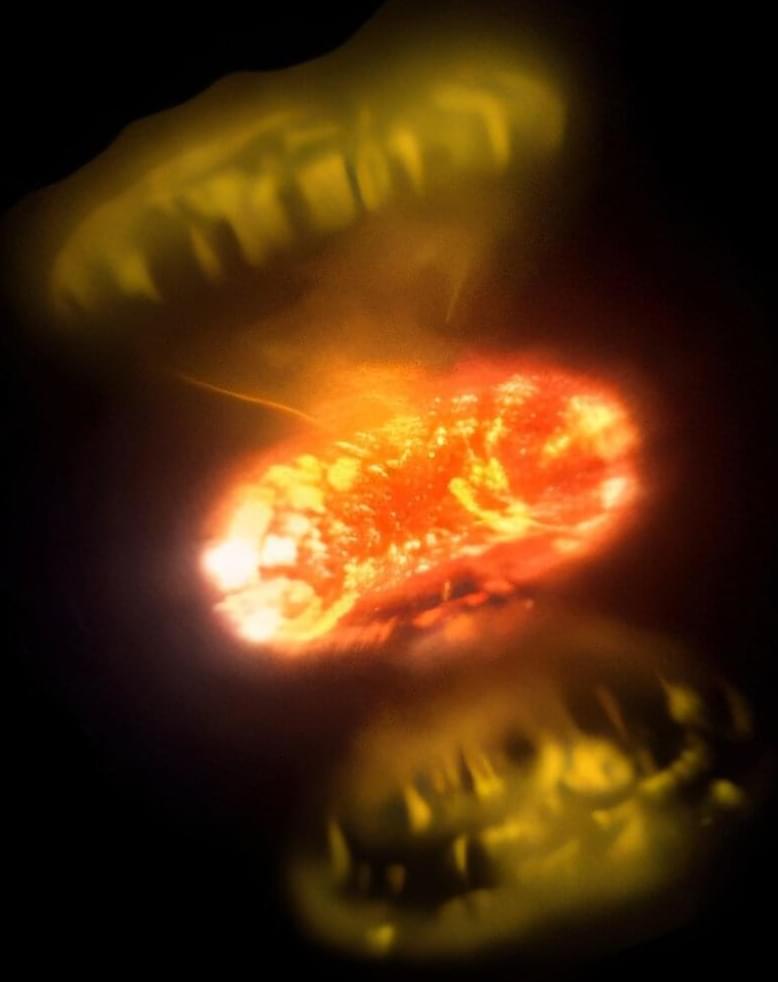When ice melts into water, it happens quickly, with the transition from solid to liquid being immediate. However, very thin materials do not adhere to these rules. Instead, an unusual state between solid and liquid arises: the hexatic phase. Researchers at the University of Vienna have now succeeded in directly observing this exotic phase in an atomically thin crystal.
Using state-of-the-art electron microscopy and neural networks, they filmed a silver iodide crystal protected by graphene as it melted. Ultra-thin, two-dimensional materials enabled researchers to directly observe atomic-scale melting processes. The new findings significantly advance the understanding of these phase transitions. Surprisingly, the observations contradict previous predictions—a result now published in Science.
The sudden transition in melting ice is typical of the melting behavior of all three-dimensional materials, from metals and minerals to frozen drinks. However, when a material becomes so thin that it is practically two-dimensional, the rules of melting change dramatically. Between the solid and liquid phases, a new, exotic intermediate phase of matter can arise, known as the “hexatic phase.”









